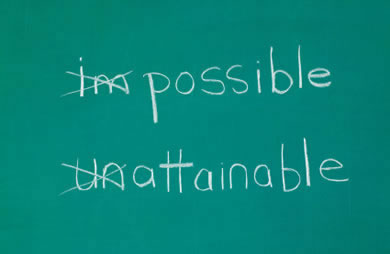
At first glance, weight loss seems simple: eat fewer calories than you burn. In practice, however, it can feel much more complicated. Understanding how many calories you’re eating and burning, discovering why it’s hard to stick to healthy habits, and finding motivation when it feels fleeting are all part of the journey. Successful weight loss requires continuous learning and adjusting your strategies based on what works best for you.
Much of this learning comes from facts and figures, which you’ve likely seen before. But the most important learning comes from your own experience. This type of learning—what the ancient Greeks called praxis—is a four-step process:
-
Observe your actions and their effects
-
Analyze what you observe
-
Create an action plan
-
Take action
Then you start the process again, observing the effects of your new actions.
Step 1: Observation
Observation focuses on self-awareness and self-monitoring. Instead of relying solely on the scale, pay attention to how your body and mind respond to new eating and exercise habits. Ask yourself:
-
Am I truly hungry, or am I eating for emotional reasons?
-
Am I putting full effort into my workouts, or am I coasting?
-
How do I feel physically and emotionally after making changes?
The goal is to collect honest, internal feedback that can guide your decisions. The scale alone can’t give you this level of insight.
Step 2: Analysis
Next, practice critical thinking about your behaviors. Approach yourself as a scientist would an experiment:
-
Be open to whatever you discover, even if it’s unexpected.
-
Be non-judgmental—this isn’t about doing something “wrong,” it’s about understanding patterns and behaviors.
By observing without judgment, you can identify the underlying reasons behind habits, cravings, and successes.
Step 3: Strategy
Once you understand what’s happening, use creative thinking to plan your next steps. Visualize the desired outcome and work backwards to create actionable steps to get there. For example:
-
If skipping breakfast leads to overeating later, brainstorm ways to fit a quick, balanced breakfast into your morning.
-
If a particular workout leaves you unmotivated, think creatively about alternatives that fit your schedule and preferences.
Step 4: Action
Finally, practice process thinking, which focuses on successfully implementing your plans. Change doesn’t happen automatically—you’ll need to:
-
Identify the time, resources, and support needed to succeed
-
Stay motivated and committed, even when it’s uncomfortable
-
Adjust priorities or habits as needed
Process thinking helps you become your own coach, cheerleader, and problem-solver, ensuring that plans turn into real results.
Getting Started: Journaling
A simple way to practice these skills is by keeping a journal. Track your reactions, habits, and results from different strategies. This can help you:
-
Observe patterns in eating, exercise, and motivation
-
Analyze what strategies work and which need adjustment
-
Plan and test new approaches
-
Stay accountable to yourself
Weight loss is not a one-time effort—it’s an ongoing experiment. By observing, analyzing, strategizing, and taking action, you can create sustainable habits and achieve long-term success.













